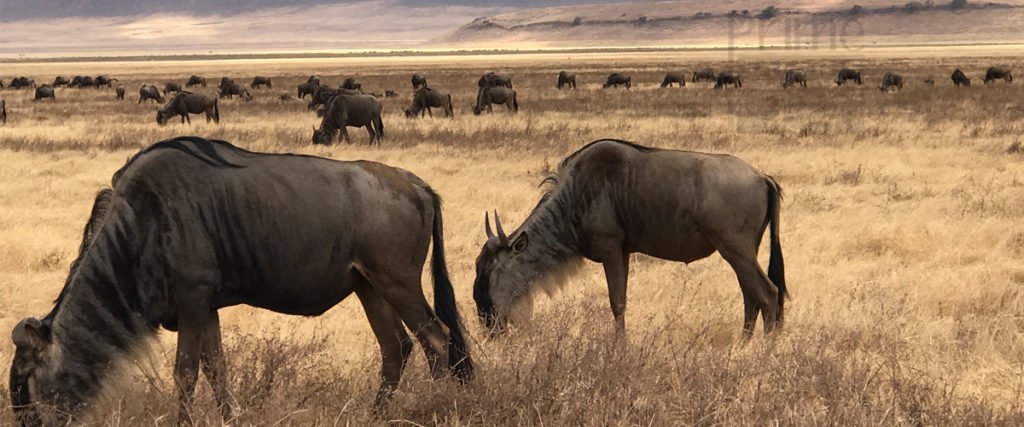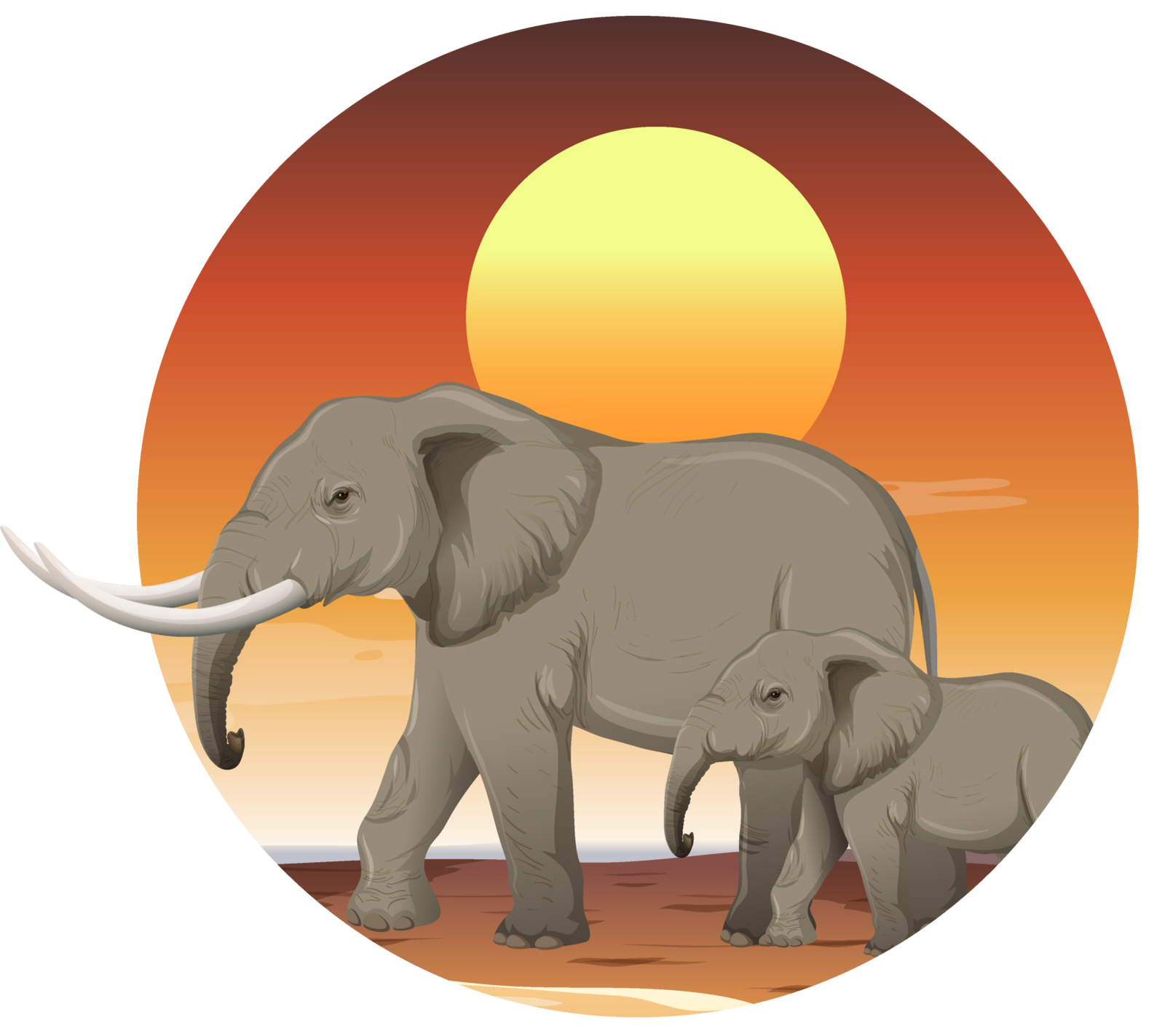
- Wildebeests rely on Zebras for their survival
- Nile crocodiles can survive on one or two feedings a year
- Around half a million calves are born in two months
- Calves are able to stand minutes after their birth
- Adult lions can eat 40 kg of wildebeest in a sitting
- Wildebeest hooves leave a scent trail for others to follow
- The grunt of each wildebeest is unique
